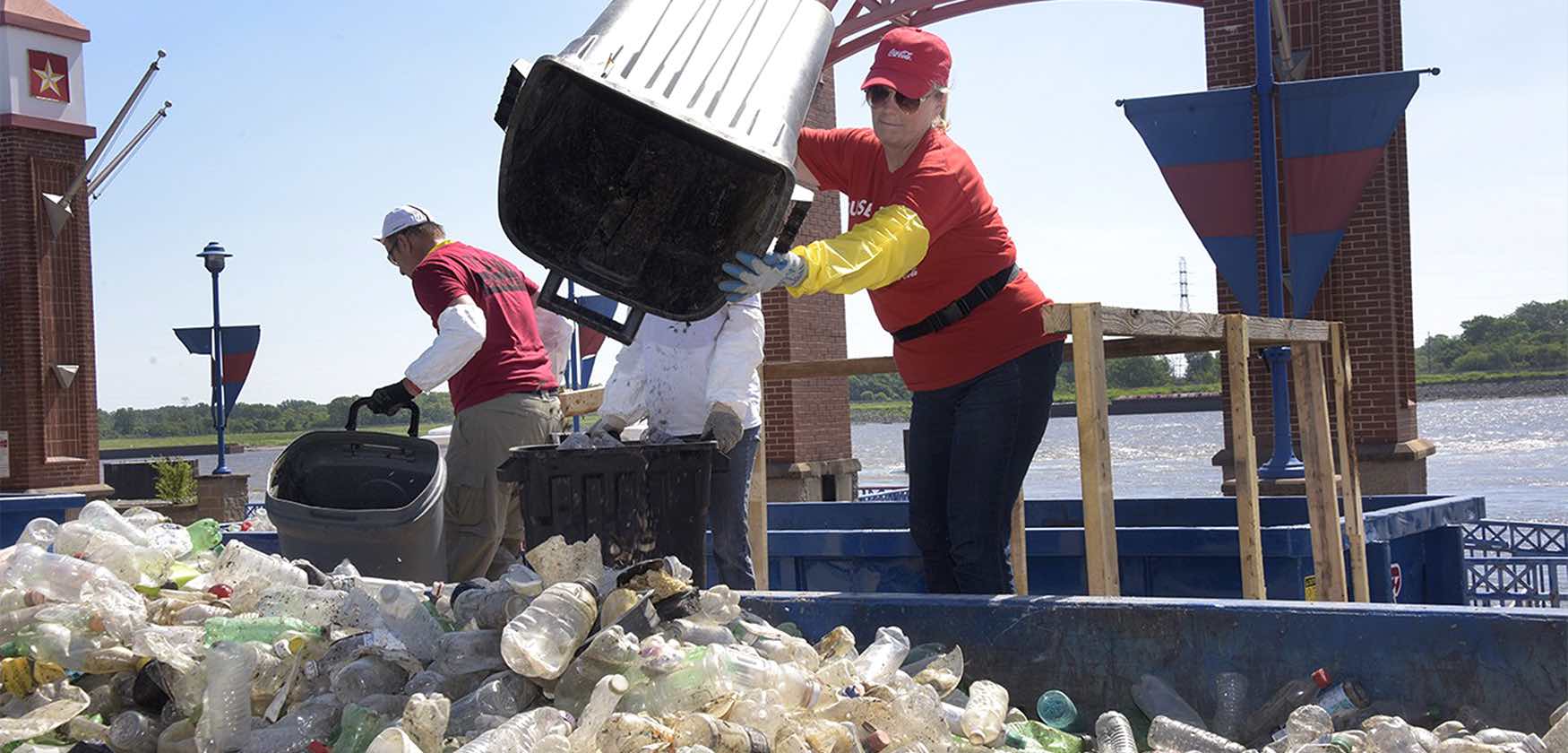
The Circular Economy
In 2019, bottles across the smartwater lineup – that's 600ml and 850ml, still, sparkling and flavour variants – moved to 100% recycled plastic.
I want to look at change needed by some of the most important stakeholders in the packaging sector to move from a linear to a circular model. And I will do this for the European market specifically.
Public Policy plays a critical role for the circular economy as a stimulator and enabler. Policy needs to provide robust framework conditions and incentive structures, including for design choices, collection and recycling and the development of secondary material markets.
That does not mean creating a permanent artificial life support for certain sectors. It means putting the right economic instruments, investments and infrastructure for the economy in place, so that resource productivity moves from the fringe to the center of decision making.
Karl Falkenberg, the former General Secretary of DG Environment, rightly said: “The circular economy transformation needs to not only work for the environment; it is critical that it works for the economy too”. In other words – and forgive me for being so blunt – the circular economy cannot be a tree-hugger’s wish list, based on an economic La-La Land.
Local authorities are a key partner to work with packaging collection systems on the collection of post-consumer materials at home and in public spaces. They are also an important link to the consumer and citizen and hence, they also have a prime role of addressing litter, which is probably the most visible sign of this debate for consumers.
Of course, littering and marine pollution are very important issues that we need to tackle urgently. But let me stress that littering is first and foremost a behavioral issue. There needs to be the right infrastructure in place, but only by systematically and jointly addressing behavior and litter practices in the communities will we have a chance to significantly reduce widespread pollution.
Producers, including packaged goods producers like my own company The Coca‑Cola Company, need to build the ‘circular design’ and the ‘recovery and recycling’ models into their business strategies. We already have come a long way, but we need to really work out how to use less (and eventually no) virgin material and more recycled or renewable materials. And we have a leading role to play to design recyclability of packaging materials into our products, wherever feasible and economically sensible – and with ‘sensible’ I mean, looking into the future, not the past. In other words, we really need to stretch ourselves.
Producers also have to understand packaging recovery as a strategic opportunity to generate value out of high quality resources. This is probably one of the hardest things to achieve because it’s complex and costly and needs collaboration with many stakeholders. But let’s start by taking the obligation we already have seriously: In the EU, that means all packaging producers need to meet their responsibilities for collection and recycling targets of post-consumer packaging under the obligations of Extended Producer Responsibility. There must not be any ‘freeriding’ of the system by some producers.
Finally, consumers will have to change the way they behave, too. For packaging to keep its value and be recycled or even upcycled, we need to preserve the quality of the material. That will require more consumers to separate and store packaging materials at home, or face hiking to the bottle bank or the supermarket with their empties on a regular basis. Many sectors – packaging users, retailers, service providers, home appliance producers, building developers - can help to make this transition as seamless and painless as possible.
But I truly believe that over time, the investment, time and care that goes into ‘buying new’ will have to be replicated by the effort we put into disposing of goods. In other words, “getting rid of stuff” will no longer be a two-minute, carefree, quick-goodbye act that we don’t give a second thought about. The reward is that - for the next generation - it will be a normal way of life.
Those then are some of the examples of the changes I believe we will need to make. I am sure there are many more stakeholders that will play a role as we move towards a circular model and we will need ever greater collaboration to make it happen.
This article originally appeared on LinkedIn as part of a four-part blog series from Ulrike Sapiro, Coca‑Cola’s director of sustainability for Western Europe.
